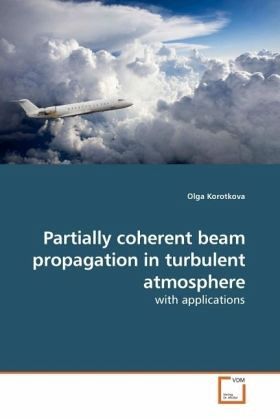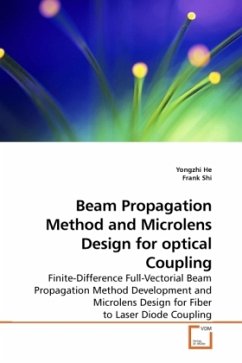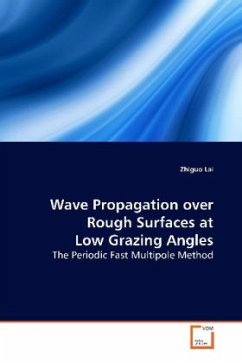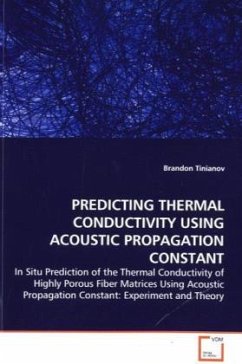
Partially coherent beam propagation in turbulent atmosphere
with applications
Versandkostenfrei!
Versandfertig in 6-10 Tagen
49,01 €
inkl. MwSt.

PAYBACK Punkte
25 °P sammeln!
The design of either LaserCom or LIDAR systems requires a reliable but tractable theoretical foundation (analytical model) for the calculation of phase and/or intensity statistics of the wave at the receiver under a wide range of atmospheric conditions. All rigorously developed results existing in the literature are unfortunately constrained to certain regimes (weak atmospheric fluctuations, quasi-incoherent sources, fully diffuse targets, etc.). Moreover, there are no analytic results describing the behavior of partially coherent waves in moderate-to-strong fluctuations. We establish theoreti...
The design of either LaserCom or LIDAR systems requires a reliable but tractable theoretical foundation (analytical model) for the calculation of phase and/or intensity statistics of the wave at the receiver under a wide range of atmospheric conditions. All rigorously developed results existing in the literature are unfortunately constrained to certain regimes (weak atmospheric fluctuations, quasi-incoherent sources, fully diffuse targets, etc.). Moreover, there are no analytic results describing the behavior of partially coherent waves in moderate-to-strong fluctuations. We establish theoretical model for the statistical description of a partially coherent beam propagating in rotationally symmetric optical systems of various complexity in the presence of atmospheric turbulence and apply it for direct and inverse problems, namely for estimation of lasercom link performance and for target characterization by LIDAR systems.












